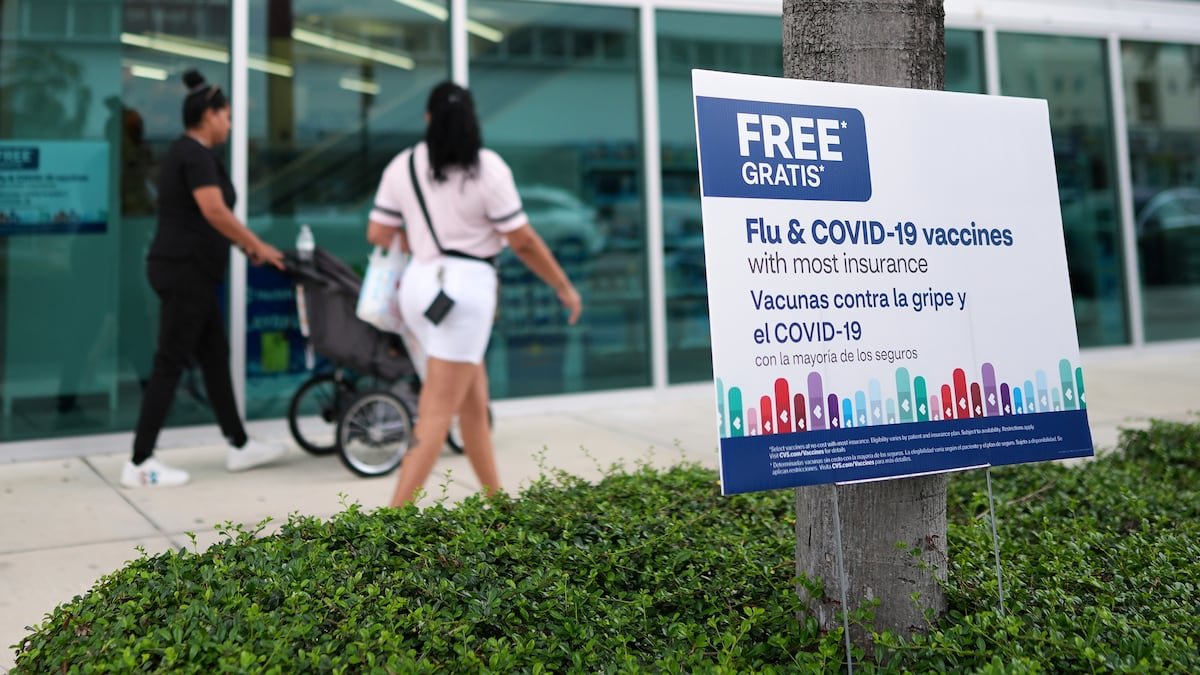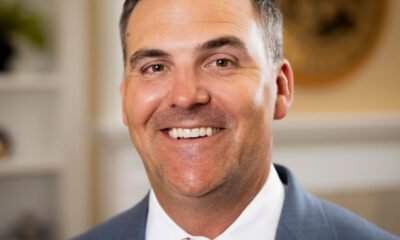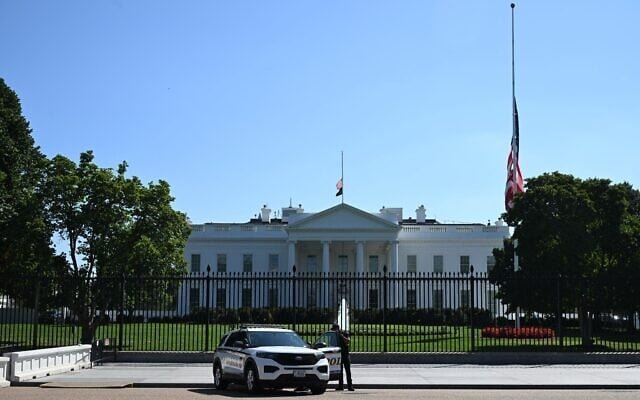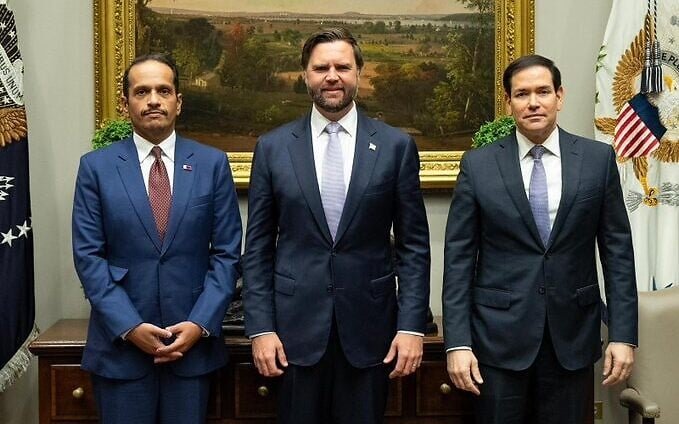Hospitalizations linked to the flu reached the highest levels in over a decade last season, according to CDC reporting that comes ahead of what could be another severe flu season.
During the 2024-2025 flu season, hospitals saw an unusually high number of severe flu cases. A tracking system recorded nearly 39,000 people hospitalized with the flu between October and April.
This made it a much more severe season than usual. The total hospitalization rate was 127.1 per 100,000 people, more than double the average of the previous 14 flu seasons, and was the worst season on record since at least 2010.
The season hit its peak in early February, when hospitals were admitting people for the flu at the highest weekly rate seen in over a decade.
Unvaccinated patients made up the overwhelming majority of hospitalizations, accounting for more than 70 percent of admissions.
The clinical outcomes for those in the hospital were consistent with past severe seasons.
About 17 percent of patients required care in the intensive care unit (ICU), six percent needed a ventilator to breathe, and three percent died during their hospitalization, though researchers did not provide a single, exact number of total deaths. The most common complications were pneumonia, sepsis, and kidney failure.
Unvaccinated patients made up the overwhelming majority of flu hospitalizations, accounting for more than 70 percent of admissions, according to new CDC data
While the vast majority, around 85 percent, of hospital patients received antiviral medication like Tamiflu, which can reduce the severity and duration of illness, treatment rates were lowest among children and adolescents.
This is likely because parents are more likely to believe it is a mild illness for children and that their robust immune systems can easily fight it off.
But this is not always the case. CDC researchers did not quantify how many children died last flu season, but the American Academy of Pediatrics put the death toll last season at 216, making it the deadliest non-pandemic flu season on record for U.S. children.
Scientists affiliated with the WHO and the CDC meet every year to determine which strains the upcoming season’s flu vaccine should prioritize.
The vaccine formula doesn’t always align perfectly with the circulating virus. However, on average, flu vaccines reduce the risk of needing to visit the doctor by 30 percent to 60 percent and drastically reduce the severity of symptoms.
Protection wanes throughout the season, so October is the best time to get vaccinated. The CDC recommends annual flu shots for everyone six months and older, including young, healthy people with no underlying conditions.
Selecting the strains for the annual flu vaccine requires health officials to predict which viruses will dominate the upcoming season. The vaccine’s effectiveness hinges entirely on the accuracy of their forecast.
Last season, the CDC estimated the vaccine was between 41 percent and 78 percent effective at preventing flu-related hospitalizations.

With a rate of 127.1 hospitalizations per 100,000 people, the 2024-25 flu season was significantly more severe than historical norms, surpassing the previous 14-season average of 62
Its effectiveness at preventing less severe infections that still required a doctor’s visit ranged from 32 percent to 60 percent.
Most people with the flu recover within a few days or a week. But the flu kills about 36,000 Americans every year, and it can be more dangerous than people think, especially for seniors 75 and up, people with respiratory conditions such as asthma, people with obesity and/or heart disease and the unvaccinated.
In addition to common symptoms, including fever, muscle aches, respiratory infection, chills, and fatigue, the flu can cause life-threatening complications, such as pneumonia, a bloodstream infection called sepsis, inflammation of the heart and brain, and muscle inflammation or damage.
The latest data from the CDC reflect the most recent flu season recorded in the agency’s surveillance system, FluSurv-NET.
The system collects data from roughly 300 hospitals across 14 states, effectively monitoring a sample that represents about nine percent of the US population, or around 31 million people.
The system focuses on laboratory-confirmed flu cases that are severe enough to require hospitalization, tracking individuals from infants to seniors.
For a carefully selected subset of patients out of the thousands reported, researchers pulled detailed clinical information from medical records to determine whether patients had underlying health conditions, their vaccination status and whether they required intensive care.
For children, the most significant risk factor for hospitalization was asthma. It was the most common pre-existing condition for 14 percent of hospitalized toddlers and preschoolers up to four years old and nearly 40 percent of school-aged children and teens from five to 17.

Last flu season, Influenza A was the dominant and most severe virus type. While the H1N1 strain was more common overall and posed a greater threat to seniors, this was a reversal from the last severe season, 2017-18, when the H3N2 strain was the main risk for that age group
For young adults aged 18 to 49, obesity was the dominant risk factor, present in about 44 percent of hospitalized patients in this age group.
In adults aged 50 to 64, chronic metabolic diseases, primarily diabetes, took the lead, affecting 45.6 percent of patients.
For seniors, cardiovascular disease was the most significant risk factor, found in 57 percent of adults aged 65 to 74 and an overwhelming 69 percent of those aged 75 and older.
The flu season was historically severe, with hospitals having seen more flu patients per week than in any other season since 2010–2011.
No age group was spared. Hospitalization rates were two to three times higher across all ages compared to the average of the past 14 seasons.
As in most flu seasons, adults 75 and older were hit hardest, with a rate of nearly 599 hospitalizations per 100,000 people.
This was the second-highest rate on record for seniors, but it was the worst season ever recorded for every other age group.
Thirty percent of patients developed pneumonia, making it the most common complication.
In 18.5 percent of cases, the infection spiraled into sepsis, a catastrophic full-body inflammatory response, and caused acute kidney failure in another 18 percent.
This severe season was primarily driven by influenza A viruses.
The H1N1 strain was more prevalent overall, but, notably, it caused higher hospitalization rates among older adults compared to the H3N2 strain.
This marked a reversal from the last severe season, 2017-2018, when H3N2 was the dominant and more dangerous strain for seniors.
The 2025–2026 flu vaccine is trivalent, meaning it protects against three strains: an influenza A(H1N1)-like virus, an influenza A(H3N2)-like virus, and an influenza B/Victoria lineage-like virus.
The flu shot is typically free with insurance. Almost all insurers are required to cover shots recommended by the CDC, including flu shots.
Without insurance, though, the price can change based on the pharmacy, ranging from $20 to $120. Public clinics also generally offer free flu shots.












































